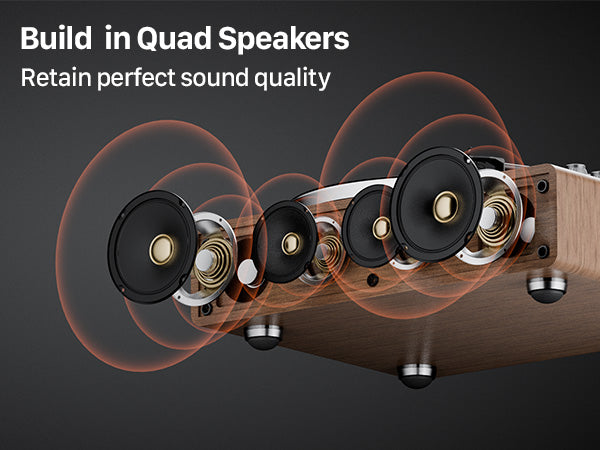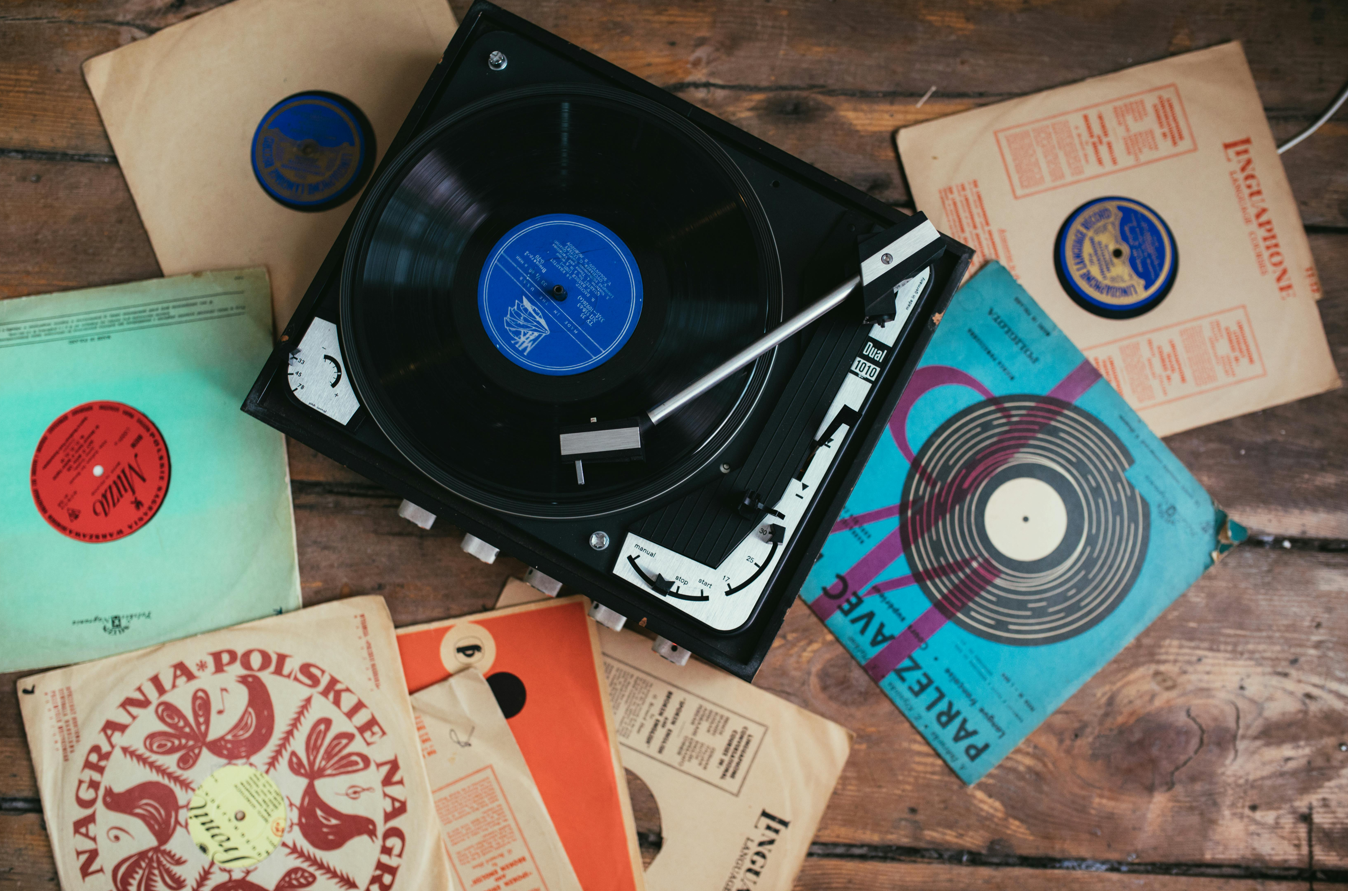There are two records spinning in two separate rooms in 2025. In one, the brassy, confident voice of Frank Sinatra fills the space from a 1958 Capitol pressing of Come Fly with Me. In the other, the powerhouse melancholy of Adele’s 30 pours from a heavyweight contemporary disc.
The artists are separated by more than half a century, yet the ritual is the same. The listener, a fan, is deliberately engaging with a physical object, a record player, to experience their voice. This is not a coincidence. It is the heart of the modern vinyl resurgence.
The vinyl revival isn't about sound quality alone, and it's certainly not about convenience. It is a mass movement driven by a powerful, deeply human emotion: nostalgia. But to understand it, we must first dissect what "nostalgia" truly means in the digital age.
The First Principle: Two Kinds of Nostalgia
The word "nostalgia" is often used as a blunt instrument. In reality, the fans of Adele and Sinatra are chasing two fundamentally different, though related, forms of it.
-
Personal Nostalgia (The Adele Effect): This is the nostalgia for your own lived past. Adele’s music, for many millennials and older Gen Z, is the soundtrack to their formative years. The album 21 isn't just a collection of songs; it's the memory of a specific heartbreak, a college dorm room, a first love. Buying the vinyl is an act of memorializing your own history. It transforms a fleeting digital memory into a permanent, physical artifact. You are not just buying an album; you are buying a tangible piece of your own timeline.
-
Cultural Nostalgia (The Sinatra Effect): This is the nostalgia for a past you never experienced. No one under 70 has a personal memory of Sinatra’s 1950s heyday. What they have is a longing for the idea of that era—its perceived elegance, its swagger, its "authentic" analog culture. A Sinatra record is not a memory; it's a talisman. It’s a portal to an idealized past, a cultural moment that feels more stylish and substantive than our own fractured, digital present. It's a fantasy you can hold in your hands.
In both cases, the vinyl record serves as the physical conduit for an emotional journey back in time.
Why Vinyl? The Record as a Machine for Feeling
Why is a spinning plastic disc so effective at invoking these feelings? Because the entire vinyl experience is an antidote to the weightlessness of modern life.
-
The Tyranny of Choice vs. The Act of Choosing: On Spotify, you are adrift in an infinite ocean of content, prodded by algorithms. Choosing a vinyl record is a conscious, definitive act. You select one album, one artist, one mood. This focused intention primes your brain for a deeper, more emotional engagement. You are no longer passively consuming; you are actively communing.
-
The Tangible vs. The Ephemeral: A digital file is an abstraction. An album sleeve is a work of art you can hold, read, and absorb. The weight of the record, the smell of the cardboard, the visual drama of the spinning disc—these sensory inputs ground the experience in physical reality. They tell your brain, "This is real. This matters."
-
The Sound of Memory: This is the most crucial point. We describe the sound of vinyl as "warm." Why? Because its analog nature more closely mirrors the nature of human memory itself. Our memories are not perfectly sharp, high-resolution digital files. They are warm, slightly imperfect, and colored with emotion. The subtle surface noise, the non-linearities of analog tape, the very physics of a diamond dragging through a groove—it creates a sound that feels more like a memory than a perfect, sterile digital reproduction. It sounds the way remembering feels.
The Turntable: The Engine of Nostalgia
If the record is the time capsule, the turntable is the machine that opens it. And the quality of that machine determines whether the illusion holds.
A cheap, flimsy record player shatters the nostalgic spell. Its unstable speed (wow and flutter) makes a piano sound warped and unsettling. Its poor isolation creates distracting rumble. Its low-quality stylus produces a harsh, grating sound that is the very opposite of "warmth." It reminds you that you are listening to a cheap machine, pulling you out of the world of Sinatra's Capitol Studios or Adele's emotional landscape.
To properly travel in time, you need a reliable engine. A quality turntable is designed for stability and precision. It's not about flashy gimmicks; it's about getting the fundamentals right so the technology can disappear, leaving only you and the artist's voice.
This is the philosophy behind a turntable like the XJ-HOME Recoder. It is built with a solid plinth, a belt-drive for speed stability, and a quality, adjustable tonearm. It's engineered to be a quiet, faithful servant to the record. It doesn't impose its own character; it simply unlocks the character stored in the grooves. It delivers the feeling you're chasing—that seamless transportation to another time and place—without the distracting mechanical noise that breaks the beautiful illusion of nostalgia.
Conclusion: Curating Your Past
The 2025 vinyl resurgence is not a regression. It is a deeply modern response to a digital world that often feels intangible and overwhelming. It’s a movement of fans—of Adele, of Sinatra, of countless others—who are choosing to be active curators of their own emotional lives.
By choosing vinyl, they are choosing to slow down. They are choosing to engage with music as a physical artifact and a full-album experience. They are choosing a medium whose very sound signature resonates with the feeling of memory itself. And in doing so, they are proving that sometimes, the most powerful way to feel present is to connect with the past.
Understanding Check: Questions & Answers
1. Question: The article distinguishes between "Personal Nostalgia" (Adele) and "Cultural Nostalgia" (Sinatra). Why is a physical vinyl record uniquely suited to satisfy both of these distinct emotional needs?
Answer: A vinyl record satisfies both because it is simultaneously a personal artifact and a historical document. For "Personal Nostalgia" (Adele), its physicality makes a personal memory tangible. You can hold the album that defined your 20s, making an abstract memory concrete. For "Cultural Nostalgia" (Sinatra), its physicality serves as "proof" of a bygone era. It's a real object from that time (or a faithful reproduction), acting as a physical portal to a past you've only imagined. In both cases, the record's tangible, historical nature provides a physical anchor for the specific type of nostalgia being experienced.
2. Question: The post claims the ritual of playing a record is an "antidote to the tyranny of choice." From a psychological perspective, how does this deliberate, focused action enhance the nostalgic experience?
Answer: Psychologically, the modern "tyranny of choice" (infinite streaming options) can lead to decision fatigue and shallow engagement. The vinyl ritual enforces a "ceremony of focus." By deliberately selecting, handling, and playing a single album, you are signaling to your brain that this experience is important and worthy of your full attention. This heightened focus closes off distractions and makes you more receptive to the emotional nuances of the music. For a nostalgic experience, this is critical. It allows you to fully immerse yourself in the past—whether personal or cultural—without the constant pull of the digital present, thereby making the emotional journey more profound and complete.
3. Question: The article argues that the "warmth" of vinyl's sound mirrors the quality of human memory. Explain this concept using the first principles of analog versus digital sound.
Answer: Human memory is not a perfect, high-definition recording. It's a reconstruction, often with soft edges, emotional colorations, and a non-linear "feel." Analog sound, the basis of vinyl, is a continuous, unbroken wave—a physical imprint of the original sound. It inherently includes subtle, "imperfect" artifacts like harmonic distortion and a faint noise floor. These "flaws" give it a texture and presence that feels more organic and less sterile. Digital sound is a reconstruction from discrete samples—a brilliant but fundamentally mathematical approximation. The analog sound of vinyl, with its continuous nature and subtle imperfections, serves as a psychoacoustic match for the warm, imperfect, and continuous nature of how we feel our memories, rather than how a computer would store them. This congruence between the medium's sound and the brain's experience of memory is what creates the powerful perception of "warmth."





Leave a comment
All comments are moderated before being published.
This site is protected by hCaptcha and the hCaptcha Privacy Policy and Terms of Service apply.